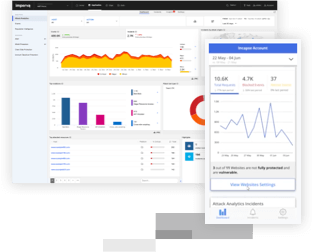

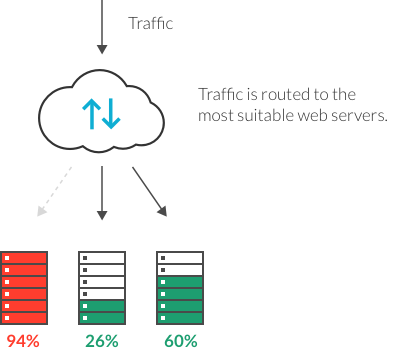
How it works
Our global content delivery network (CDN) acts as a dedicated load balancer for your website or application. Traffic is distributed across multiple servers within your data center according to a user-defined distribution policy.
All routing changes occur at the CDN level without TTL (Time to Live)-related delays, while continuous monitoring and configuration options provide additional control.
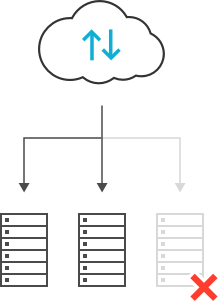
Application layer server load balancing
Get maximum visibility into your site visitor traffic. HTTP/S requests to each server are monitored and analyzed instantaneously, enabling high performance and optimal resource utilization. Unlike DNS-based load balancing, routing changes are not TTL-reliant and are instantly applied to all users.
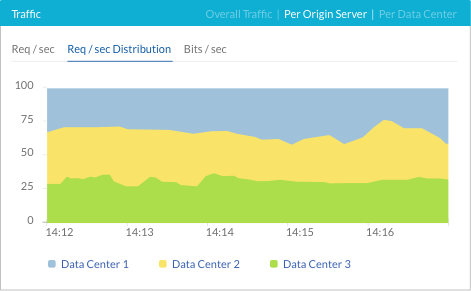
Control and visibility
Dashboards enable a real-time view of all traffic to allow you to verify proper load distribution at all times. The live view also helps you identify and respond to developing issues before they impact performance.
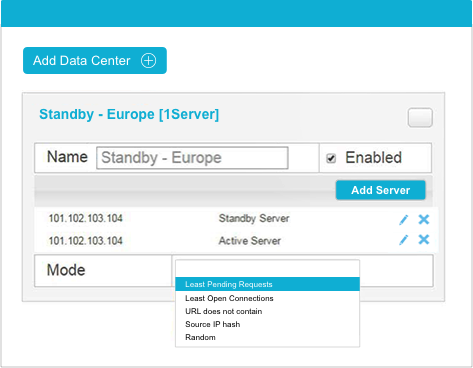
Choice of distribution methods
You can choose between several load distribution methods, including round robin distribution and advanced options based on networking factors like server load and connection times.
Session stickiness ensures that the same HTTP session always returns to the same preferred server.
- Least pending requests – Next request is routed to the origin server with the smallest number of pending HTTP requests.
- Least open connections – Next request is routed to the origin server with the smallest number of open TCP connections.
- Source IP hash – A hashing function persistently maps a visitor’s IP address to one of the origin servers.
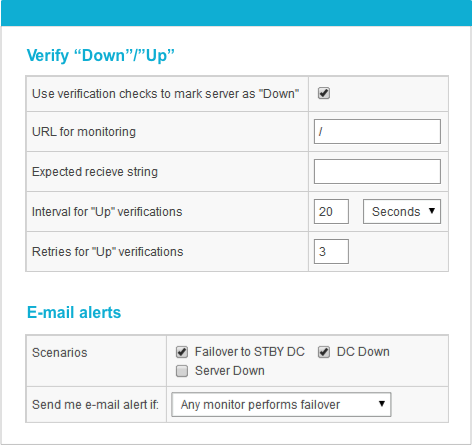
Health monitoring and failover
Imperva helps ensure your application or website is always accessible by monitoring your web servers and data centers. Automated recovery kicks in while real-time notification ensures that you are informed of any server availability issue.
Web server monitoring is performed using:
Passive/real user monitoring of all traffic identifies global issues with the origin.
Active/synthetic monitoring of origin health via our own proxies, which automates recovery when the origin is down.


